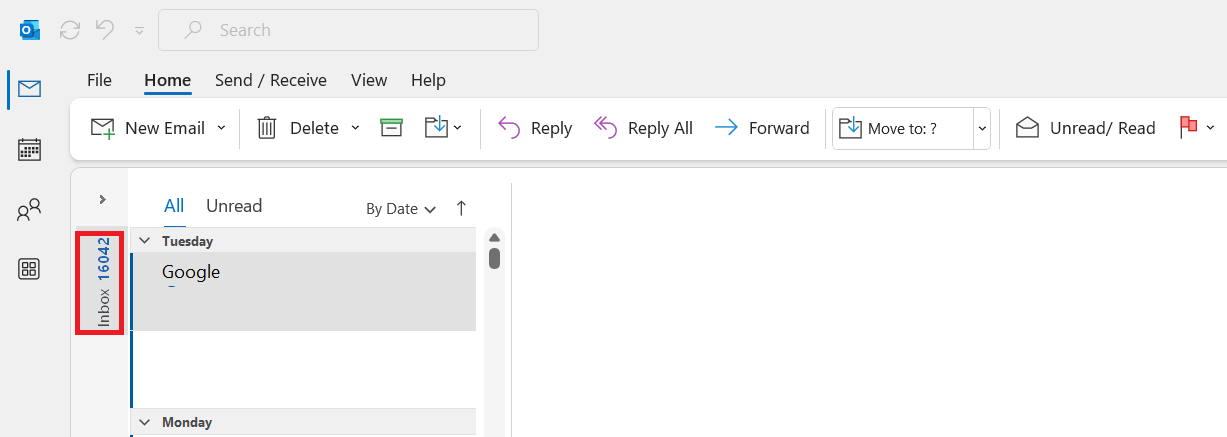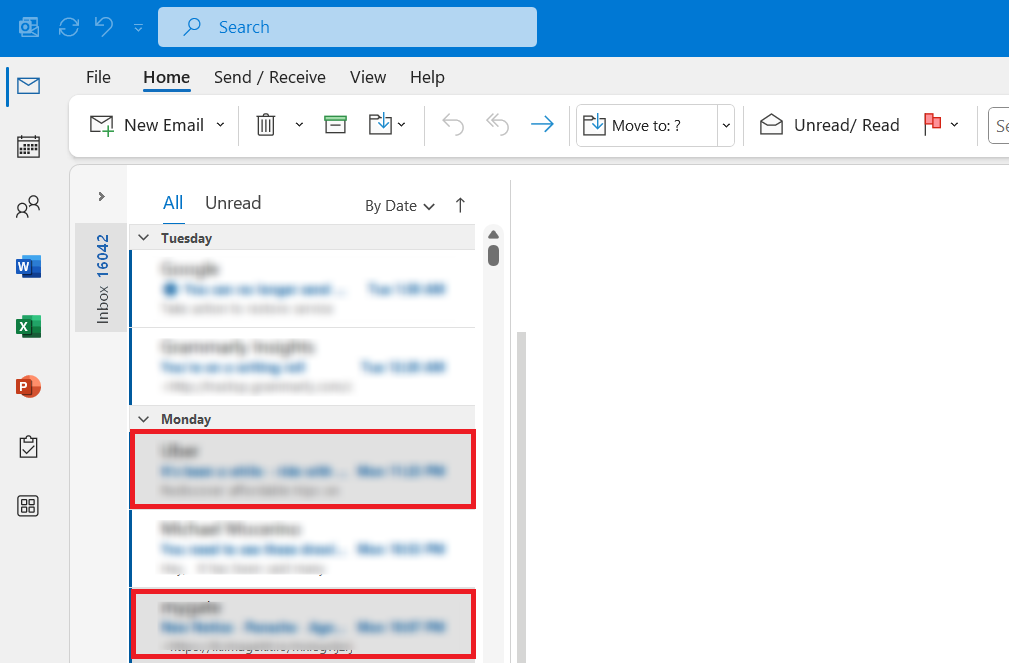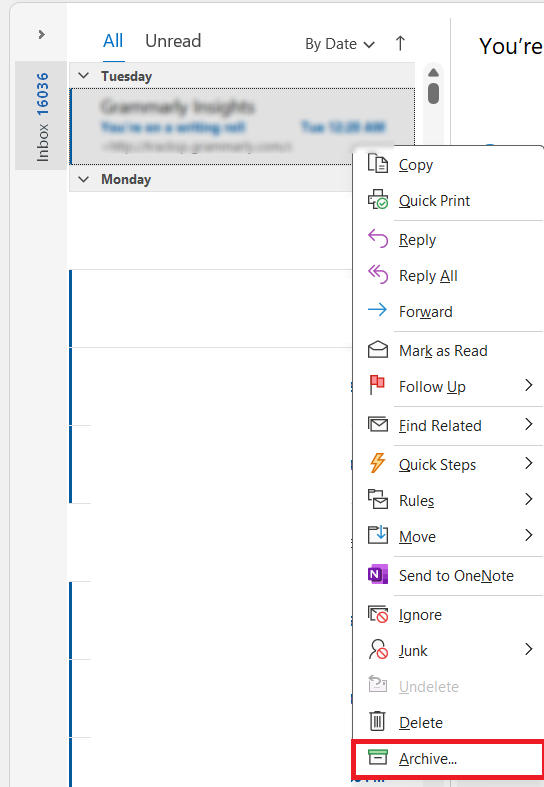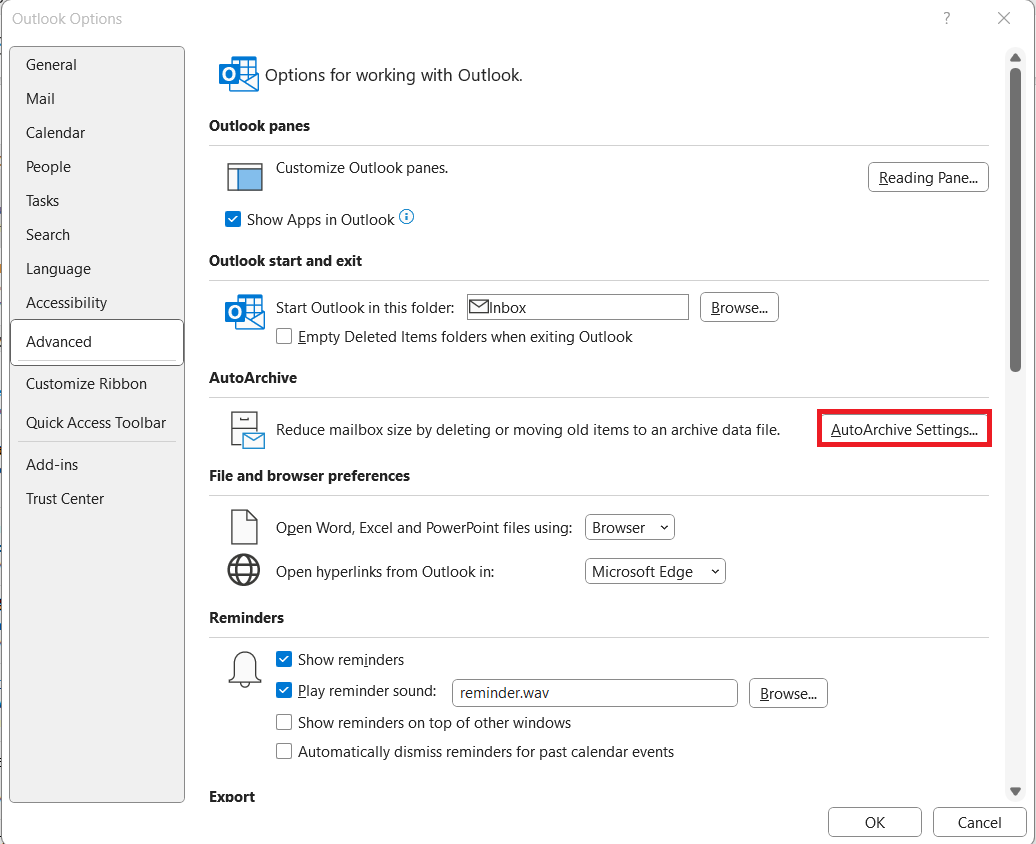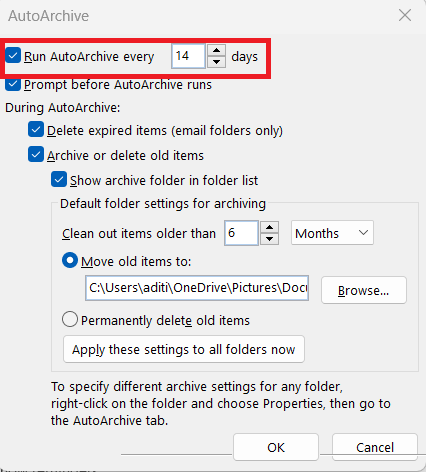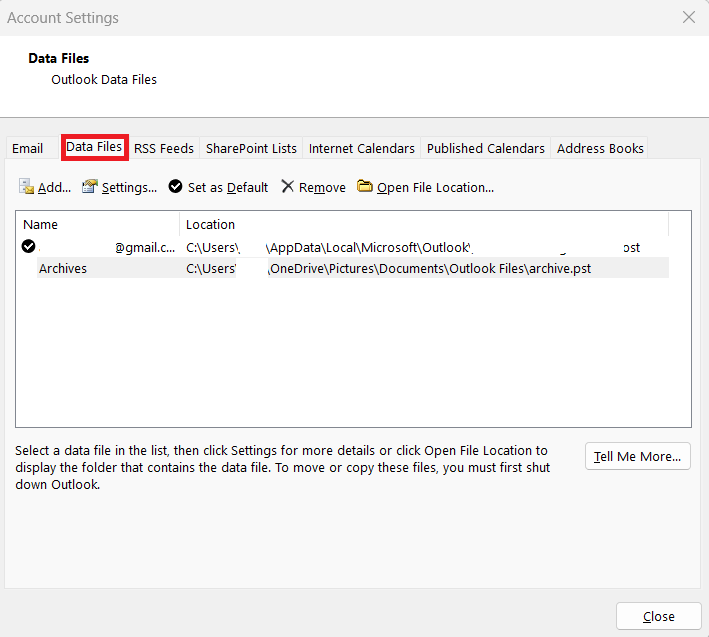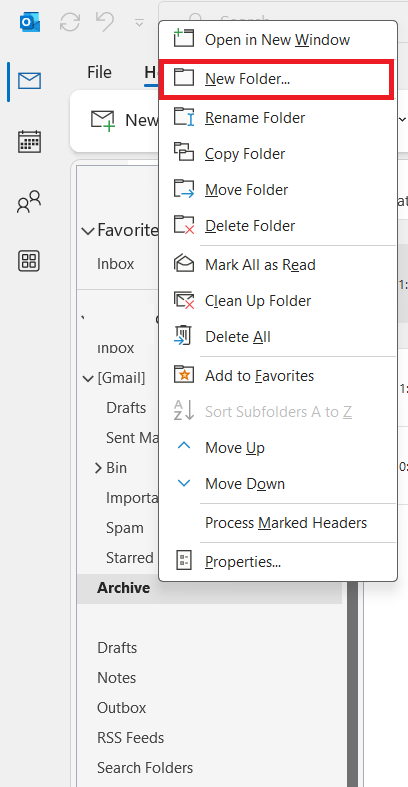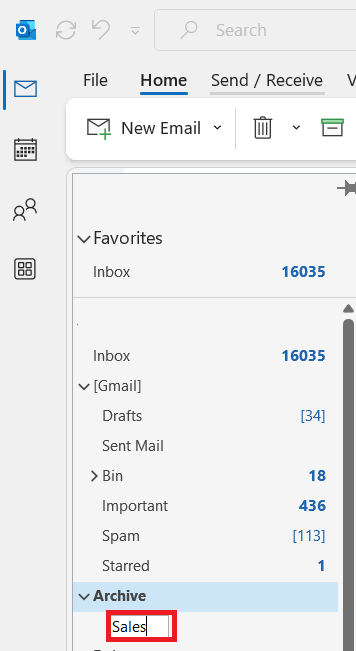As someone who spends a considerable amount of time managing emails, I’ve come to appreciate the power of the Archive feature in Microsoft Outlook. It’s not just about keeping my inbox clutter-free; it’s about efficiently organizing my digital life. In this article, I’ll take you through the ins and outs of the Archive feature in Outlook, sharing tips and tricks that have helped me streamline my email management process.
Key Takeaways:
- Archiving emails in Outlook keeps my inbox clutter-free while preserving important communications for future reference.
- I can archive emails using various methods, such as the Archive button, keyboard shortcuts, or the right-click option.
- AutoArchive allows me to automate email archiving, ensuring my inbox stays manageable without constant manual effort.
- I organize archived emails with subfolders, categories, and regular reviews to maintain a tidy and efficient system.
- Archiving emails doesn’t delete them; it moves them to a separate file, freeing up space in my mailbox while retaining access.
Table of Contents
Introduction to Email Archiving
The Essentials of Archiving in Outlook
To tame the ever-growing pile of emails in my Outlook, I turned to its built-in Archive capabilities—a digital life-saver for ensuring a clean, responsive mailbox. By automatically or manually transferring older items to an archive file, I’ve streamlined my daily email management routine.
This doesn’t just help with clutter; it’s essential for keeping Outlook fast and manageable.
Why You Need to Archive Your Emails
As someone deeply entrenched in utilizing Outlook, I’ve come to appreciate the critical role that archiving plays. Filing away emails not only tidies up my inbox, allowing me to focus on the immediate and important, but it also preserves vital communications that might be needed for future reference.
Think of archiving akin to having a well-organized filing cabinet: It makes retrieval simple, without the intimidation of a brimming inbox, ultimately saving time and boosting productivity. Furthermore, it ensures that no important email is accidentally purged during a routine cleanup.
How to Archive Emails in Outlook
Using the Archive Button
One of the simplest ways to archive emails in Outlook is by using the dedicated Archive button. Here’s how I do it:
STEP 1: Launch the application and navigate to my inbox.
STEP 2: Choose the emails to archive. I can select multiple emails by holding down the Ctrl key and click on each email.
STEP 3: With my emails selected, I simply click on the Archive button in the toolbar. It’s usually represented by a box with a downward arrow.
After archiving, I check my Archive folder, which is located in the left pane of Outlook. This folder contains all my archived emails.
Using Keyboard Shortcuts
For those of us who prefer keyboard shortcuts, Outlook offers a quick way to archive emails. I can press Backspace to archive selected emails instantly. This shortcut is a time-saver, especially when I’m dealing with a flood of emails.
Archiving with Right-Click
Another method I frequently use is the right-click option:
STEP 1: Right-click on the email I want to archive.
STEP 2: From the context menu, I select the Archive option. This action moves the email directly to the Archive folder.
Setting Up Automatic Archiving
How to Configure AutoArchive Functionality
Configuring AutoArchive in Outlook is a seamless process once you know where to look. From the main window, I hit File, navigate through Options, select Advanced, and there it is—AutoArchive Settings.
It all begins with ticking ‘Run AutoArchive every N days’, which springs the rest of the settings to life.
AutoArchive then becomes my personal mail assistant, discreetly filing away older items on a schedule determined by me. I’ve found it critical to strike a balance between frequency and performance, as too frequent archiving can slow down my computer, especially when handling a large volume of emails.
Tips for Automating Email Archiving
For automation to be truly effective in organizing my email archives, I’ve learned to adhere to a few guidelines that keep my inbox lean without constant manual upkeep. First and foremost, I pay attention to the interval settings—I don’t need daily archiving, and neither does my computer’s CPU.
Every couple of weeks is typically ample. Secondly, setting a span – say, archiving emails older than 120 days – ensures I don’t prematurely store emails that I may still need on hand. Lastly, it’s wise to regularly review and adjust the settings; as workflows evolve, so too may the need for quicker or slower archival processes.
Mastering Archive Management
Locating and Maintaining Your Archive Files
Locating and maintaining archive files is essential for efficient data management. My first step is to head to File > Account Settings, and navigate to the Data Files tab; here, every archived file and its location is listed.
As for maintenance, I schedule regular backups of these files to an external hard drive or cloud service.
It’s also a good habit to check the size of the archive .pst files; if they become too large, I create new archives to ensure quicker access and reduce the risk of corruption.
Organizing Archived Emails
Over time, my Archive folder can also become cluttered. To keep things organized, I create subfolders within the Archive folder. For example, I might have subfolders for different projects or clients. To create a subfolder:
STEP 1: Right-click on the Archive folder and select New Folder.
STEP 2: Give the new folder a relevant name to help me remember what it contains.
STEP 3: I can then drag and drop emails into the subfolders to keep everything organized.
Tips for Effective Email Archiving
Archive Regularly
One of the best practices I’ve adopted is to archive regularly. I set aside time each week to go through my inbox and archive emails that I no longer need immediate access to. This habit prevents my inbox from becoming overwhelming.
Be Selective
Not every email needs to be archived. I’ve learned to be selective about what I keep. If an email contains vital information or references that I may need later, I archive it. However, if it’s a promotional email or something that doesn’t require follow-up, I simply delete it.
Utilize Categories
Outlook allows me to categorize emails, including archived ones. I often use categories to mark archived emails with relevant labels. For instance, I might categorize emails by client names or project titles. This way, I can quickly find related archived emails when needed.
Review Archived Emails Periodically
Every few months, I review my archived emails. This review helps me identify emails that I can delete and those that still hold value. It’s a great way to keep my Archive folder tidy.
Use Search Folders
In addition to the Archive folder, I also utilize Search Folders in Outlook. Search Folders allow me to create virtual folders that display emails based on specific criteria. For instance, I can create a Search Folder for all emails from a particular sender, making it easy to access related archived emails.
FAQs: Expert Answers to Your Archiving Queries
How do I turn off auto archiving in Outlook?
To turn off auto archiving in Outlook, go to File > Options > Advanced. Click on the AutoArchive Settings and uncheck ‘Run AutoArchive every N days’. This stops Outlook from automatically archiving your emails.
What should I do if my Outlook Archive isn’t working?
If your Outlook Archive isn’t working, check the AutoArchive settings to ensure they’re correctly configured. If they are, try running the Inbox Repair Tool (ScanPST.exe) to fix any issues with the archive.pst file. If all else fails, consider creating a new archive file.
How can I find my archive file location?
To locate your archive file, right-click on the Archive folder in Outlook and select ‘Open File Location’. If you’ve created multiple archives, go to File > Account Settings > Account Settings, switch to the Data Files tab, and you’ll see the list of all your archives with their respective locations.
When is it best to use manual archiving rather than automatic?
Manual archiving is ideal when you need precise control over what gets archived and when such as for project-specific correspondence or sensitive information. It’s also best when dealing with small quantities of emails that need sorting or a personalized touch in the organization.
Does archiving emails in Outlook save space?
Archiving emails in Outlook moves items from the primary mailbox to a separate file, which can free up space within the mailbox. However, the total amount of data stored locally on your computer doesn’t decrease, as the archived emails still occupy storage space in the archive file.
John Michaloudis is a former accountant and finance analyst at General Electric, a Microsoft MVP since 2020, an Amazon #1 bestselling author of 4 Microsoft Excel books and teacher of Microsoft Excel & Office over at his flagship MyExcelOnline Academy Online Course.

